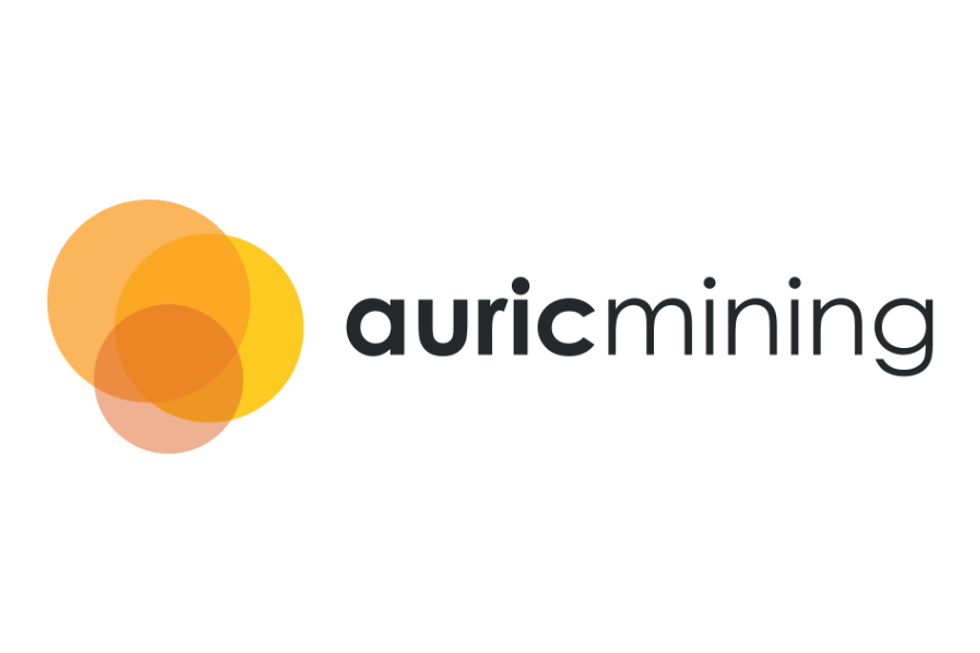- AustraliaNorth AmericaWorld
Investing News NetworkYour trusted source for investing success
- Lithium Outlook
- Oil and Gas Outlook
- Gold Outlook Report
- Uranium Outlook
- Rare Earths Outlook
- All Outlook Reports
- Top Generative AI Stocks
- Top EV Stocks
- Biggest AI Companies
- Biggest Blockchain Stocks
- Biggest Cryptocurrency-mining Stocks
- Biggest Cybersecurity Companies
- Biggest Robotics Companies
- Biggest Social Media Companies
- Biggest Technology ETFs
- Artificial Intellgience ETFs
- Robotics ETFs
- Canadian Cryptocurrency ETFs
- Artificial Intelligence Outlook
- EV Outlook
- Cleantech Outlook
- Crypto Outlook
- Tech Outlook
- All Market Outlook Reports
- Cannabis Weekly Round-Up
- Top Alzheimer's Treatment Stocks
- Top Biotech Stocks
- Top Plant-based Food Stocks
- Biggest Cannabis Stocks
- Biggest Pharma Stocks
- Longevity Stocks to Watch
- Psychedelics Stocks to Watch
- Top Cobalt Stocks
- Small Biotech ETFs to Watch
- Top Life Science ETFs
- Biggest Pharmaceutical ETFs
- Life Science Outlook
- Biotech Outlook
- Cannabis Outlook
- Pharma Outlook
- Psychedelics Outlook
- All Market Outlook Reports
Emerging Markets, Better Deposits Key to Juniors’ Success
With major miners shunning new projects, what’s the end game for junior explorers and developers?
The world doesn’t need new mines.
That was the message from Glencore International’s (LSE:GLEN) CEO, Ivan Glasenberg, at BMO Capital Markets’ recent Global Metals & Mining Conference in Florida.
“We’ve always been wanting to keep building,” the Financial Post quoted Glasenberg as telling the audience of miners and analysts, “and keep putting the cash which we generate into new assets. That’s what we’ve got to stop doing as a mining industry.”
Glasenberg put it even more succinctly, saying, “[i]t’s time to stop building.”
The sentiment is not without basis. Recent cost overruns at mines around the world — like Barrick Gold’s (NYSE:ABX,TSX:ABX) Pascua Lama — and complete write-offs in the billions — from majors like Rio Tinto (LSE:RIO,NYSE:RIO,ASX:RIO) — have raised concerns amongst investors.
The feeling is that either the mining industry has lost its expertise in mine building, or today’s inflationary cost environment simply doesn’t allow for the mega-projects necessary for modern mining.
Execs like Glasenberg are asking the industry to instead focus on maximizing value from existing assets.
The question is: in a world with no new mines, what will happen to junior mining companies? After all, these firms are the supposed “feeder system” for the industry, providing new discoveries that will become tomorrow’s mines.
Conserving cash
The environment is certainly getting tougher for juniors looking to sell projects to major mining companies.
Consensus forecasts suggest that when they report for the past quarter, most of the big miners will reveal significant drops in profit — possibly the largest falls in a decade, according to the Financial Post.
The above-noted asset write-downs are also weighing on the majors. Rio Tinto, Vale (NYSE:VALE) and Anglo American (LSE:AAL) have all reported billion-dollar losses on mining projects recently. Glencore and BHP Billiton (ASX:BHP,NYSE:BHP,LSE:BLT) may do likewise as part of their upcoming financials, analysts have stated.
This climate has left few majors talking about building more projects. Barrick’s new CEO, Jamie Sokalsky, has specifically said he does not want any new mines.
That means a few things for juniors. For one, they now have fewer chances of being taken over by a major company, even if they discover a significant deposit.
Also, juniors may see less cash from the majors for joint ventures and equity stakes. In the past, such arrangements have been common ways for big companies to get a toehold in promising projects.
But with the money taps now off at the big mining houses, juniors may be left to fund more of their projects on their own.
Smaller companies will also have to ponder their end game should they find themselves holding a large, but undeveloped mineral resource.
The China connection
But not everyone agrees that mine building — and thus exploration — is a no-go.
Mining analyst Lawrence Roulston recently wrote in his year-end review that junior companies are “vital to the future of the mining industry.”
He further noted that junior takeovers are still happening, pointing to Galway Resources (TSXV:GWY) and Inter-Citic Minerals (TSX:ICI) as recent examples.
A key observation, Roulston states in his report, is that both takeovers came from mining companies in emerging markets.
Those markets may indeed be the savior for juniors. While big mining companies in Canada, America, Europe and Australia are putting the brakes on new projects, Asian firms appear to still be very much in “buy-and-build” mode.
If Asia does become the target market for juniors hawking deposits, some interesting implications will arise.
For one, juniors may have to make proximity to Asian end users more of a priority when considering their projects’ locations.
Data from Ernest & Young’s recent report, Mergers, Acquisitions and Capital Raising in the Mining and Metals Sector – 9M 2012, suggests that some Asian companies are narrowing their area of focus for resource projects.
The report tracks the target destinations for mining M&A from several nations, with one surprise being that China stayed very close to home in 2012, buying projects domestically as well as in Australia and Southern and Central Africa.
That contrasts with past years, when China was very active in further-flung countries in the Americas.
If choice markets like China are indeed looking for close-to-home mineral supplies, juniors may increasingly have to focus on exploration and development in the Asian sphere of influence. Countries like Indonesia, the Philippines, Australia and those in East Africa could benefit.
Always room for improvement
A final point worth noting is that juniors will always have a niche if they can discover better deposits.
It may be true that major companies don’t want to build just any new mine for zinc or iron ore or uranium. But if a junior finds a deposit whose size, grade or cost of production (or all three) trumps that of the world’s existing mines, it’s almost assured that someone will want it.
The Athabasca Basin is by far the lowest-cost uranium production center on the planet by virtue of its stunning, high-grade ore. Even the most cash-strapped majors wouldn’t ignore another discovery of the same magnitude.
One case in point for this type of scenario is the Fruta del Norte gold deposit, whose finder, Aurelian Resources, was bought out by Kinross Gold (TSE:K,NYSE:KGC) in 2008. The grade and size of that deposit were too good to ignore and were able to coax a major to venture into Ecuador, a politically difficult jurisdiction.
Analyst John Kaiser noted at the recent Cambridge House investment conference in Vancouver that such projects may be lurking amongst the current inventory held by juniors.
“The group to watch during 2013 will be the 428 juniors with advanced projects undergoing feasibility demonstration,” said Kaiser, according to Mineweb.
If feasibility studies show that a project has superior economics to the current slate of producing mines, it may entice majors back into the market.
But the message is clear: the focus going forward will be on quality rather than quantity.
Securities Disclosure: I, Dave Forest, do not hold equity interest in any companies mentioned in this article.
Outlook Reports
Browse Companies
MARKETS
COMMODITIES
| Commodities | |||
|---|---|---|---|
| Gold | 2349.85 | +19.20 | |
| Silver | 27.65 | +0.30 | |
| Copper | 4.60 | +0.06 | |
| Oil | 83.87 | +0.30 | |
| Heating Oil | 2.58 | +0.02 | |
| Natural Gas | 1.58 | -0.06 | |
Investing News Network websites or approved third-party tools use cookies. Please refer to the cookie policy for collected data, privacy and GDPR compliance. By continuing to browse the site, you agree to our use of cookies.






